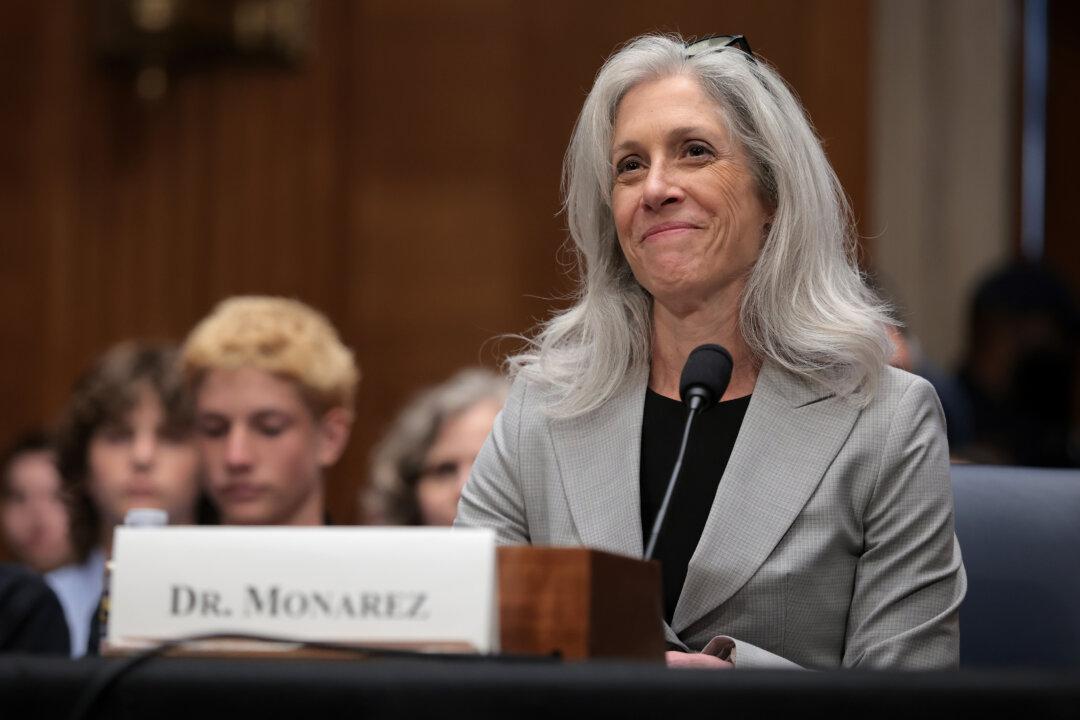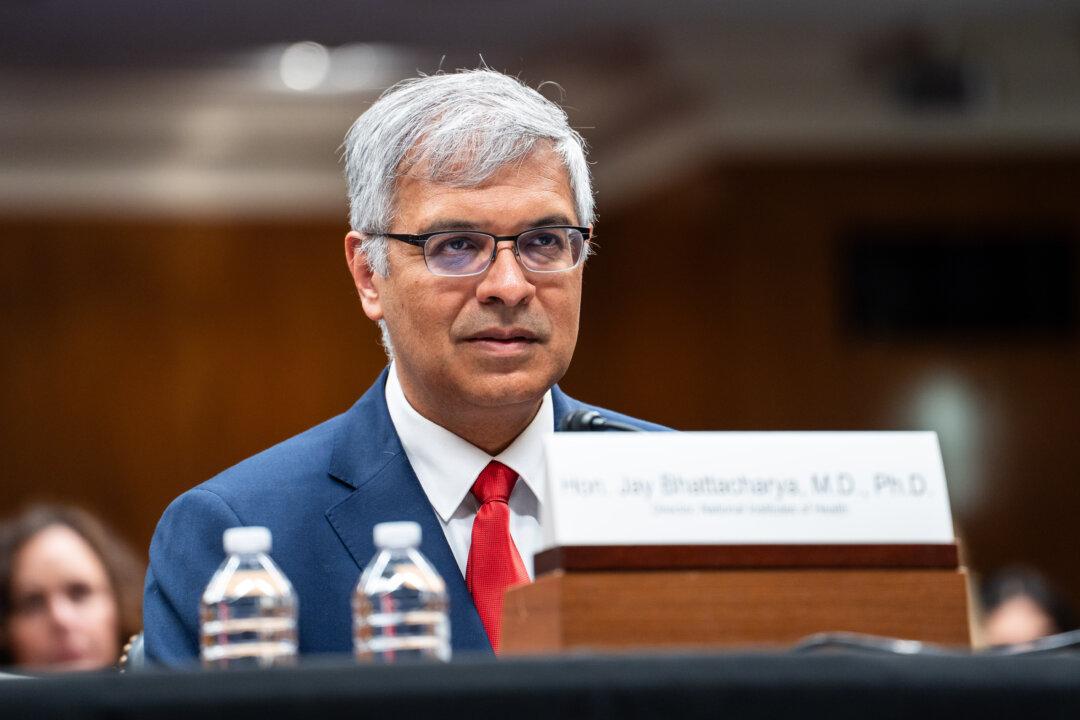NEW YORK—Trains traveling so fast between Washington, D.C., and New York City that they shave an entire hour off the two and a half hour trip. That’s the idea Amtrak came up with in 2010, after releasing a $52 billion master plan, only to realize increased ridership projections couldn’t be handled merely by upgrading the current system.
So, in September 2010 Amtrak unveiled a conceptual plan for a new 427-mile track connecting D.C., New York City, and Boston that could handle trains traveling at speeds of up to 220 miles per hour.
Amtrak released an updated look at its conceptual plan Monday.
It includes more information about the Gateway Project, which came up after governmental and transportation entities shot down the proposed extension of the No. 7 subway line and the New Jersey–New York Access to the Region’s Core plan, which would have built a new passenger rail tunnel under the Hudson River.







